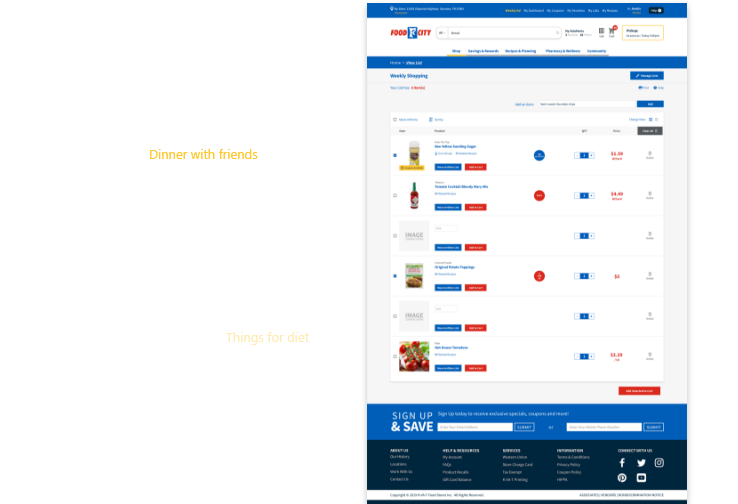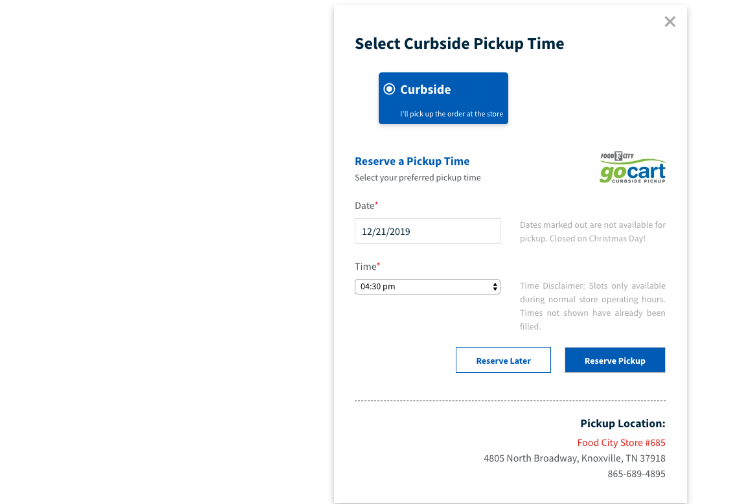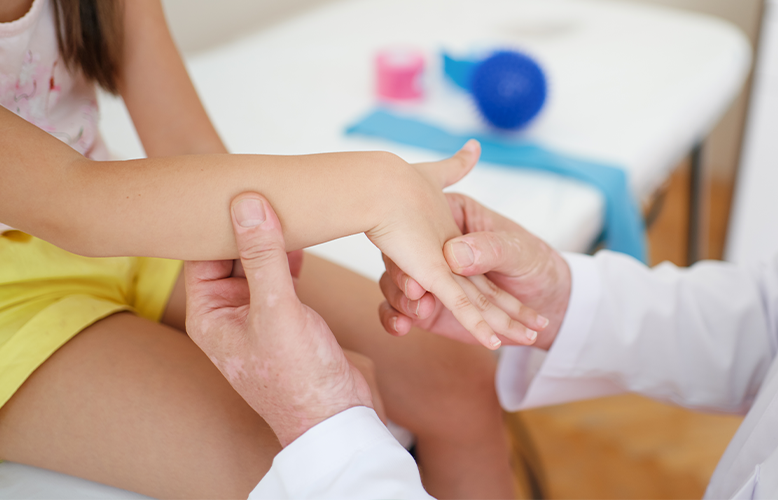
Wellness Club — Juvenile Arthritis
Abingdon, VA. -
Thursday, Jul 1, 2021.
Written by: Anna L. Lyall, PharmD, Food City Clinical Health Coach
Devastating conditions or diseases do not always differentiate between the young and old, cases of severity can also be left undetermined by age. Children under the age of 16 can develop the condition known as arthritis. When this happens, we refer to the disease as “Juvenile Arthritis (JA)”, juvenile arthritis is an umbrella term used to describe inflammatory and rheumatic diseases that affect nearly 300,000 kids and teens in the United States.
Juvenile Arthritis:
Most kinds of juvenile arthritis are autoimmune or autoinflammatory diseases. This means the immune system, which is supposed to fight against foreign invaders like viruses and germs, releases inflammatory chemicals that attack healthy cells and tissue. In most JA cases this causes joint inflammation, swelling, pain, and tenderness. The exact causes of JA are unknown, but researchers believe that certain genes may have been activated by a virus, bacteria, or other external factor.
Types of Juvenile Arthritis:
Juvenile idiopathic arthritis (JIA) is the most common form of JA. Idiopathic is a term used to describe diseases of unknown cause. There are 6 types of juvenile idiopathic arthritis - oligoarthritis, polyarthritis, systemic, enthesitis-related, juvenile psoriatic arthritis and undifferentiated. Depending on the type a child has depends on symptoms, the number of joints affected, and if a fever and rashes are prominent features. Juvenile idiopathic arthritis is characterized by times when symptoms flare up and times when symptoms may be minimal. Other types of JA include juvenile lupus, vasculitis, juvenile myositis, juvenile scleroderma, and fibromyalgia.
A child with JA may develop symptoms or health effects of the joints, eyes, skin, and internal organs. Joint symptoms may worsen after waking up or staying in one position too long. Joints can become red, swollen, stiff, painful, tender, and warm which can cause difficulty moving or completing everyday tasks. The child may develop pain in his/her eyes with symptoms of dryness, redness, and sensitivity to light caused by chronic eye inflammation (uveitis). The child may develop a scaly red rash (psoriatic), light spotted pink rash (systemic), butterfly shaped rash across the bridge of the nose and cheeks (lupus) or thick, hardened patches of skin (scleroderma). Juvenile arthritis can even effect internal organs like the digestive tract, lungs, and heart. The child may also develop symptoms of fatigue, appetite loss, and a high spiking fever.
Diagnosis:
A diagnosis of juvenile arthritis is usually confirmed by a rheumatologist (a doctor with specialized training in arthritis). A thorough exam of the child’s symptoms, medical history, and family history will be conducted. The doctor will also preform a physical exam, laboratory tests that look for inflammatory markers, and imagining tests like X-rays, CT scans, or MRIs that look for signs of joint damage and can also help to rule out other causes like trauma or infection.
Treatment:
Currently there is no cure for JA, but with early diagnosis and aggressive treatment, remission (little or no disease activity) is possible. The goals of treatment are to slow down or stop inflammation, prevent disease progression, relieve symptoms, prevent or avoid joint and organ damage, preserve joint function and mobility for adulthood, and reduce long-term health effects. A well-rounded plan includes medication, physical activity, complementary therapies (acupuncture, massage, mind-body therapies) and healthy eating habits.
There are several kinds of medications used to treat JA. Some medications control disease activity and others help to relieve symptoms. For example corticosteroids are quick acting, anti-inflammatory drugs given by injection in a doctor’s office. Corticosteroids are given to manage side effects of JA until other medications start working. Another class of medications known as Disease-modifying antirheumatic drugs (DMARDs) work to control disease activity and relieve symptoms by suppressing the immune system so it doesn’t attack the joints. Methotrexate is the most commonly used DMARD to treat JA. Traditional DMARDs may be available in pill form, but normally biologics are injected or given by infusion in a doctor’s office. Side effects of methotrexate may include nausea, low blood counts, liver problems and a mild increased risk of infection.
Nonsteroidal anti-inflammatory drugs (NSAIDs) like ibuprofen (Advil, Motrin, others) and naproxen sodium (Aleve) may relieve pain but will not reduce joint damage or change the course of the disease. These medications are available over-the-counter or by prescription. Most doctors tend to choose more aggressive treatments in hopes to slow disease progression. If you have questions or concerns regarding the medications listed above, feel free to contact your local Food City Pharmacist for suggestions and advice.
Other types of treatment include a healthy diet, regular exercise, physical therapy, and occupational therapy. Kids with well-controlled disease can participate in just about any activity they wish, if their doctor or physical therapist approves. On tough days, rest helps to protect joints and preserve energy. Children with JA can benefit from assistive devices such as braces, splints, and hand grips. Physical and occupational therapy can help the child improve balance, coordination, strength, and flexibility.
Conclusion:
Juvenile idiopathic arthritis begins when the immune system, which normally helps to fight off infections and heal cuts and wounds, becomes overactive and creates inflammation. Certain types of juvenile idiopathic arthritis can cause serious complications, such as growth problems, joint damage, and eye inflammation. Severity is variable and some children may experience symptoms for only a few months, while others have symptoms for many years or a lifetime. Although there is currently no cure for JA, we would like to commemorate the month of July to help raise awareness for these mighty warriors and help them achieve or maintain a normal level of physical and social activity.
This newsletter is intended for information purposes, please speak with your health care provider concerning diagnosis and treatment.
References: “Juvenile Arthritis.” Arthritis Foundation; Content Source: Arthritis Foundation Accessed 17 June. 2021. https://www.arthritis.org/diseases/juvenile-arthritis
“Juvenile Idiopathic Arthritis.” NIH; Content Source: National Institute of Arthritis and Musculoskeletal and Skin Diseases, Accessed 18 June. 2021 https://www.niams.nih.gov/health-topics/juvenile-arthritis#tab-treatment
“Juvenile Idiopathic Arthritis.” Symptoms and Causes, Diagnosis and Treatment; Content Source: Mayo Clinic, Accessed 18 June. 2021 https://www.mayoclinic.org/diseases-conditions/juvenile-idiopathic-arthritis/diagnosis-treatment/drc-20374088
